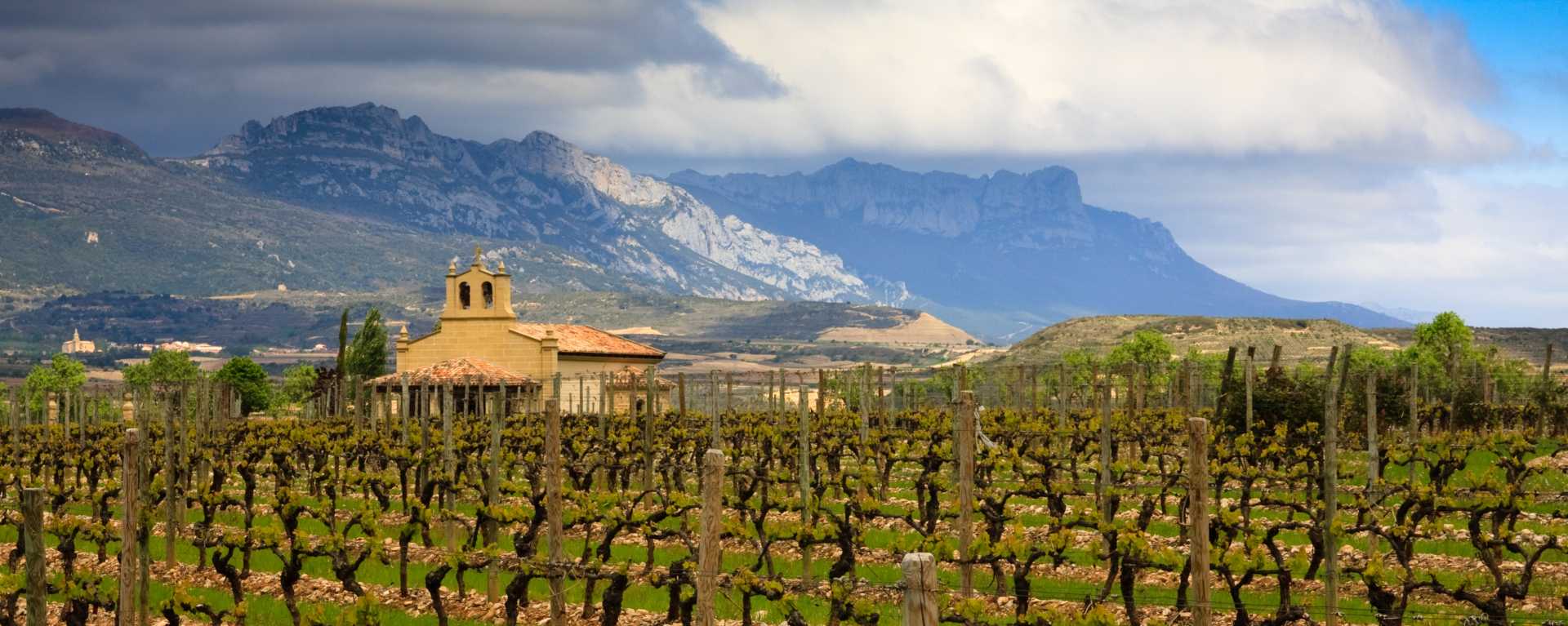Clos Figueras Serras del Priorat 2013
-
Wine &
Spirits




Product Details
Your Rating
Somm Note
Winemaker Notes
Professional Ratings
-
Wine & Spirits
A deliciously spicy blend of garnacha, carinena, syrah and cabernet, this is vital and fresh in its red fruit, along with subtle liqueur-like notes. A wine to open now with lasagna Bolognese.
Other Vintages
2021-
Robert
Parker
-
James
Suckling -
Robert
Parker
-
James
Suckling
-
Wine
Spectator






René Barbier's team takes care of the vineyards as well as the vinification and ageing of the wines. Clos Figueres now ranks with the best of Priorat, while the second wine, Font de la Figuera, represents remarkable value for the region. Recently, they have also launched production of a unique and exciting white Priorat, based on rich Garnacha Blanca, with 10% Viognier to add lift and aromatic complexity.

Beyond the usual suspects, there are hundreds of red grape varieties grown throughout the world. Some are indigenous specialties capable of producing excellent single varietal wines, while others are better suited for use as blending grapes. Each has its own distinct viticultural characteristics, as well as aroma and flavor profiles, offering much to be discovered by the curious wine lover. In particular, Portugal and Italy are known for having a multitude of unique varieties but they can really be found in any region.

Tiny and entirely composed of craggy, jagged and deeply terraced vineyards, Priorat is a Catalan wine-producing region that was virtually abandoned until the early 1990s. This Spanish wine's renaissance came with the arrival of one man, René Barbier, who recognized the region’s forgotten potential. He banded with five friends to create five “Clos” in the village of Gratallops. Their aim was to revive some of Priorat’s ancient Carignan vines, as well as plant new—mainly French—varieties. These winemakers were technically skilled, well-trained and locally inspired; not surprisingly their results were a far cry from the few rustic and overly fermented wines already produced.
This movement escalated Priorat’s popularity for a few reasons. Its new wines were modern and made with well-recognized varieties, namely old Carignan and Grenache blended with Syrah, Cabernet Sauvignon and Merlot. When the demand arrived, scarcity commanded higher prices and as the region discovered its new acclaim, investors came running from near and far. Within ten years, the area under vine practically doubled.
Priorat’s steep slopes of licorella (brown and black slate) and quartzite soils, protection from the cold winds of the Siera de Monstant and a lack of water, leading to incredibly low vine yields, all work together to make the region’s wines unique. While similar blends could and are produced elsewhere, the mineral essence and unprecedented concentration of a Priorat wine is unmistakable.
